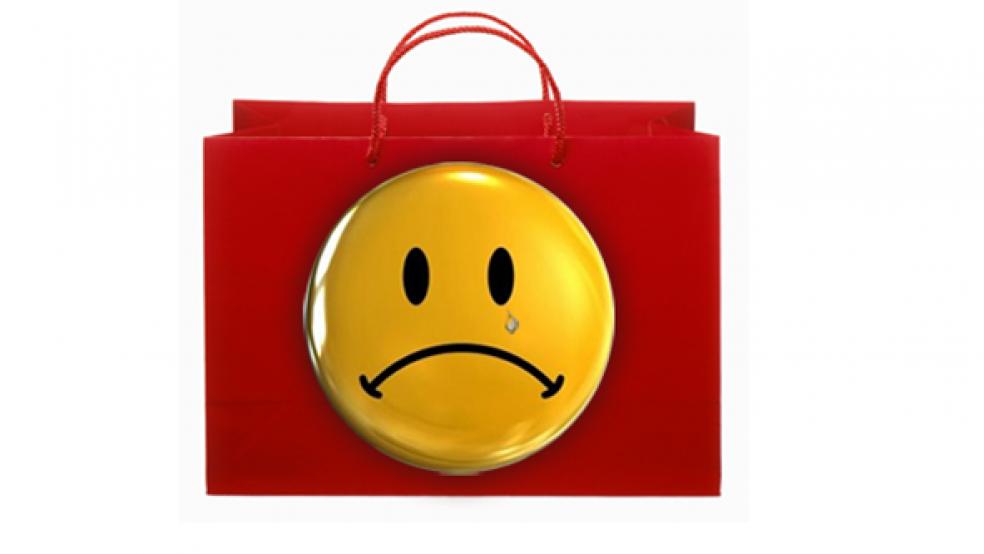Growing concerns about inflation and stagnant income led to the sharpest drop in consumer confidence in over a year. The Conference Board’s consumer confidence index for March fell to 63.4 (based on a 100 point scale) after February’s three-year high of 70.4.
The results were slightly below many economists’ predictions and far below the 90 or above reading that signals a healthy economy, a metric not reached since 2007.
Despite the drop, Scott Hoyt, an economist with Moody’s Analytics, remained upbeat: “This index remains high compared to most others. It is at the high end of its post-recession range, rather than the low end,” he said.
Gas and food prices continue to wreak havoc on various economic indicators. The average price for a gallon of gas is now $3.58, up from $3.05 three months ago, according to gasbuddy.com.
“This has hit consumers hard,” said Lynn Franco, director of the Conference Board Consumer Research Center. “Coupled with a retreat in income expectations and purchasing power has diminished, [that causes] some alert.”
The biggest decline was in the “expectations” index — a sub-index that measures overall consumer sentiment regarding the short-term economic situation — which plunged 16.4 points to 81.1 in March. Additionally, expectations for increased inflation rose to a two-and-one-half year high. Income expectations soured, with 15.3 percent expecting an increase, down from 17.4 percent in February. This comes as take-home pay has increased for Americans in part due to reduced Social Security withholding.
The jump in inflation expectations is not alarming and reflects the rise in gasoline prices already accounted for, said Paul Dales, economist with Capital Economics.
But both inflation and income expectations will likely affect spending decisions, Franco said. Consumer confidence is an important indicator because it helps determine consumer spending, which accounts for 70 percent of U.S. GDP. Buying plans fell sharply across the board. Over the next six months, consumer reported fewer plans to purchase cars, homes or major appliances.
One component of the index is consumers’ assessment of present-day conditions. Those claiming business conditions are “good” rose to 15.1 percent from 12.4 percent, while those claiming business conditions are “bad” declined to 37.0 percent from 39.3 percent.
“The silver lining here is that the present situation improved,” Franco said. “The economy is continuing to expand and we are not getting signals that we are heading in the wrong direction.”
Consumers were more downbeat about the labor market, however. Those expecting more jobs in the months ahead fell to 19.9 percent from 21.2 percent, while those anticipating fewer jobs rose to 20.7 percent from 15.0 percent.
The confidence index comes as the labor market has showed signs of improvement, despite the slow pace of hiring. The economy has added jobs for five consecutive months through February. March unemployment figures out Friday are expected to be strong, showing employers added an estimated 190,000 jobs.
Moody’s Analytics said consumer confidence will return to normal this year, not to recessionary levels. “Accelerating job gains will be the primary catalyst, although the broad strength in the economy will provide other support as well,” Hoyt said. “The key drivers will be developments in the labor and housing markets as well as energy prices, equity prices, and access to credit.”
Related Links:
Consumer Confidence a Lagging Indicator (Market Watch)
Consumer Confidence Dips Amid Higher Gas Prices (NPR)
US Consumer Confidence Drops to Three Month Low (Bloomberg)





